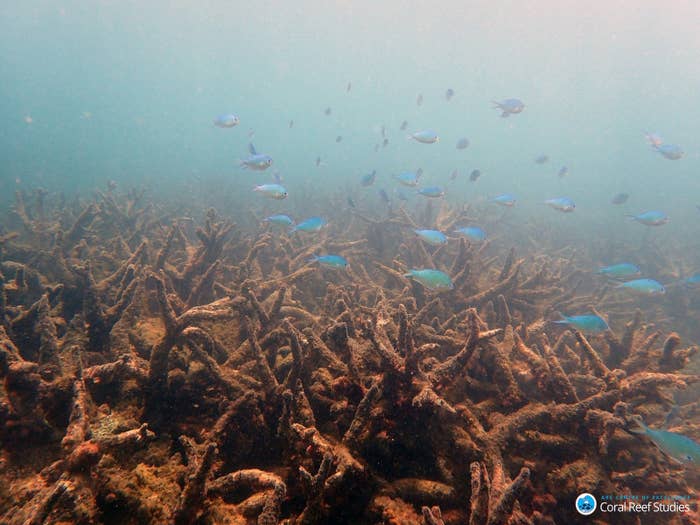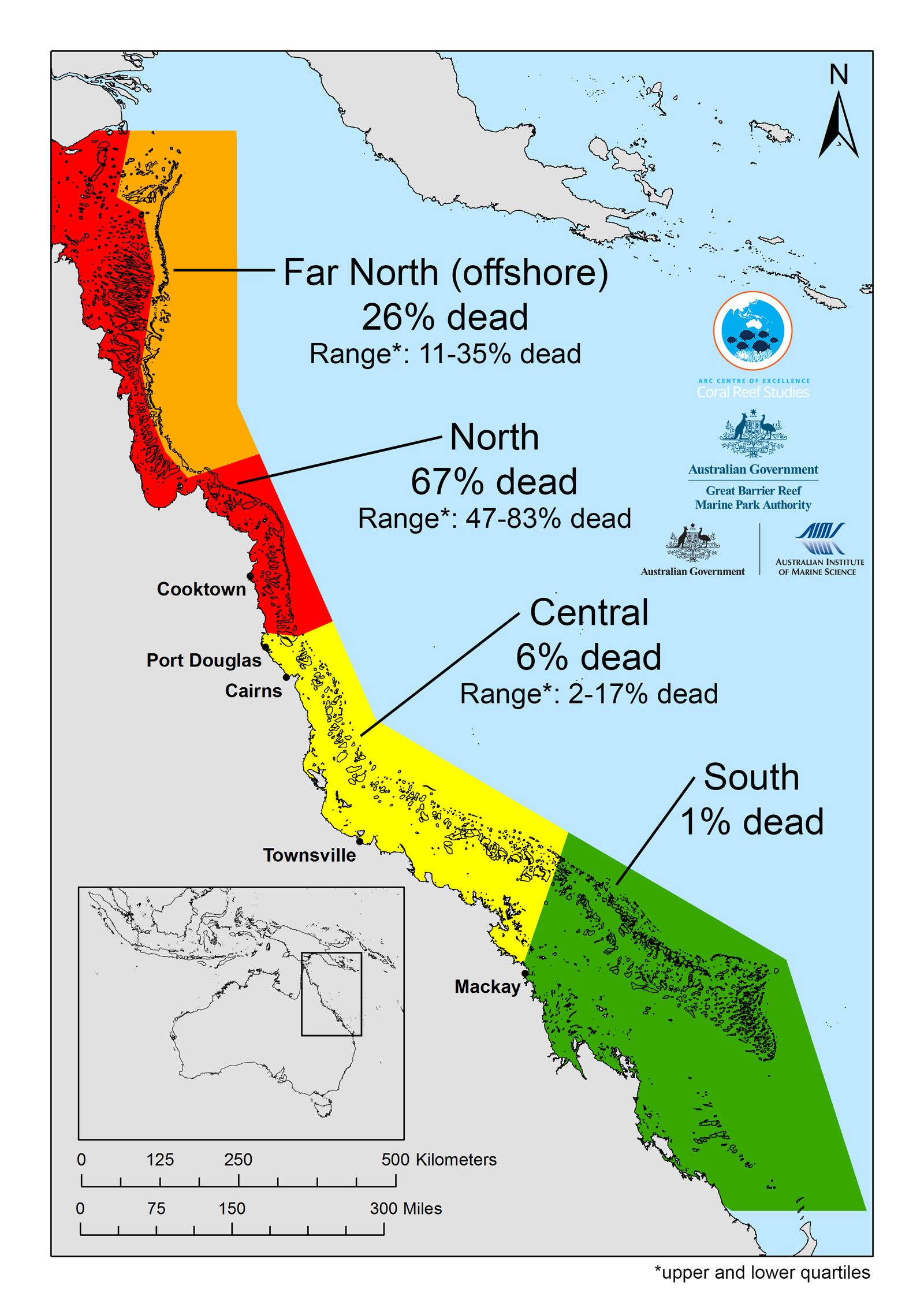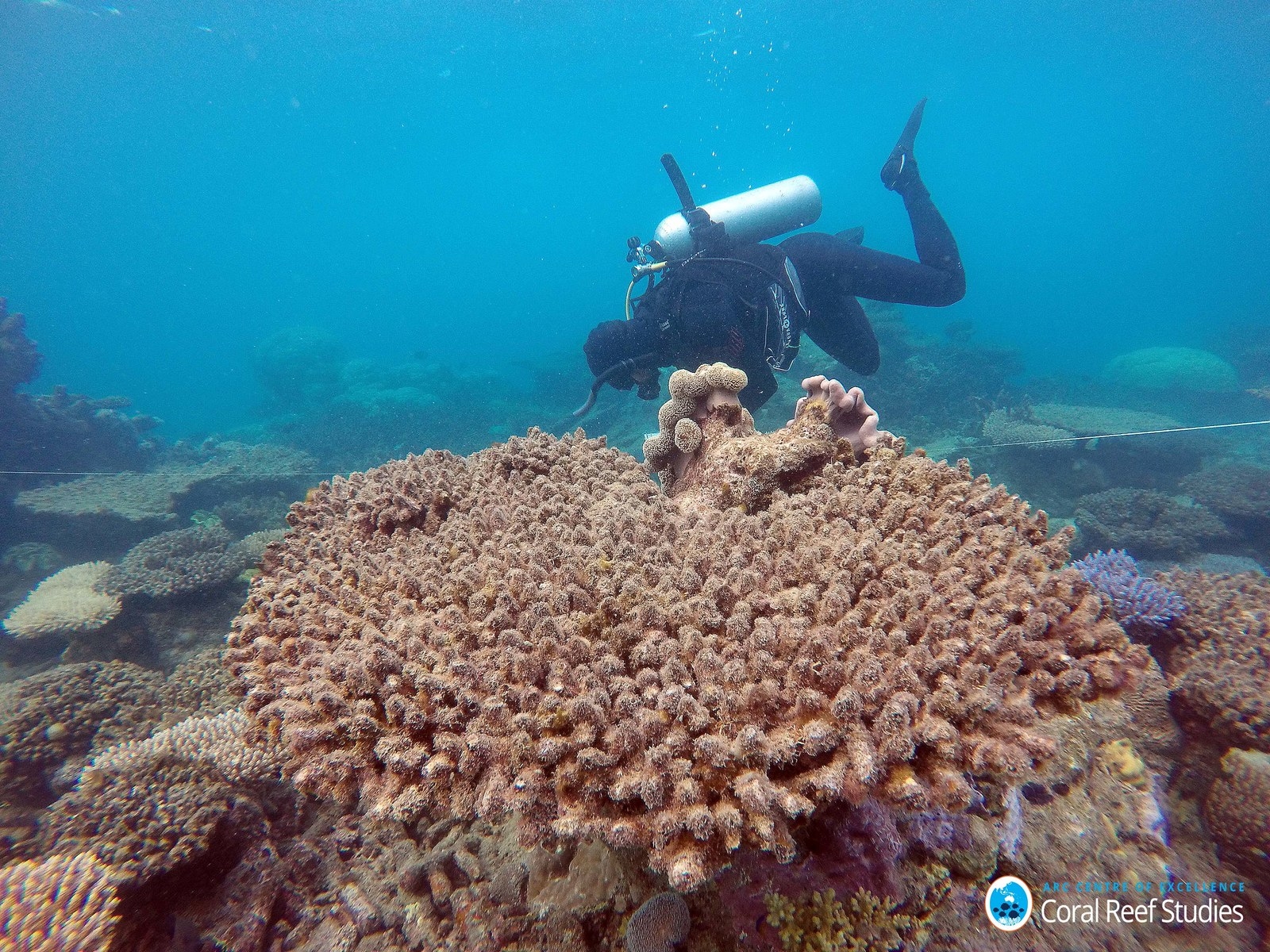Scientists have confirmed that the coral bleaching event that struck the Great Barrier Reef earlier this year led to the worst coral die-off on record.

The worst affected area is a 700km section in the north of the reef in which 67% of shallow water corals have died in the past nine months.
“Most of the losses in 2016 have occurred in the northern, most-pristine part of the Great Barrier Reef,” said Terry Hughes, director of the Australian Research Council Centre of Excellence for Coral Reef Studies at James Cook University. "This region escaped with minor damage in two earlier bleaching events in 1998 and 2002, but this time around it has been badly affected."
Scientists say the northern section of the reef will take at least 10 years to recover, but are concerned that rising ocean temperatures caused by climate change will lead to another bleaching event within that period, meaning many corals will not be given sufficient time to return to full health.
The bleaching crisis was first uncovered in March, when abnormally high sea temperatures caused corals to expel tiny photosynthetic algae called zooxanthellae, turning the coral white.
At the time, 93% of corals surveyed were affected. Some of these corals have recovered in subsequent months, but many are now permanently lost.

However, there was some good news for southern sections of the reef.
"On average, 6% of bleached corals died in the central region in 2016, and only 1% in the south,” said Andrew Baird from the ARC Centre, who led research teams in the area. "The corals have now regained their vibrant colour, and these reefs are in good condition."
Another silver lining was a small corner of the northern part of the reef that managed to escape the worst of the damage.
“We found a large corridor of reefs that escaped the most severe damage along the eastern edge of the continental shelf in the far north of the Great Barrier Reef,” Hughes said. “We suspect these reefs are partially protected from heat stress by upwelling of cooler water from the Coral Sea.”

The Australian government is due to report soon to Unesco on efforts to save the reef after it narrowly avoided being listed as "in danger" last year.
The government will need to show how it is implementing its $2 billion "reef 2050" plan if the reef is to once again avoid being listed as in danger.
Earlier this year, a "report card" on the reef's health gave it a mark of D for the fifth year in a row, and that was before the bleaching crisis was taken into account.
